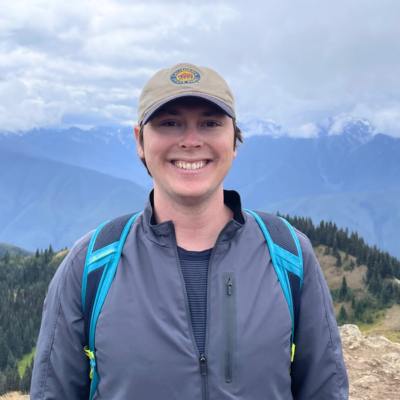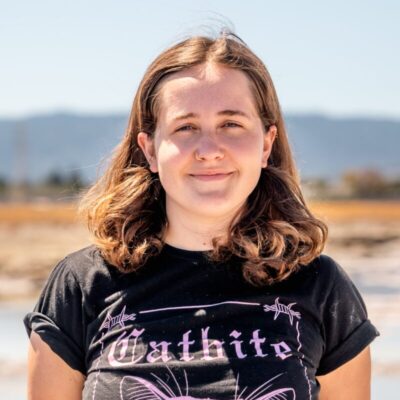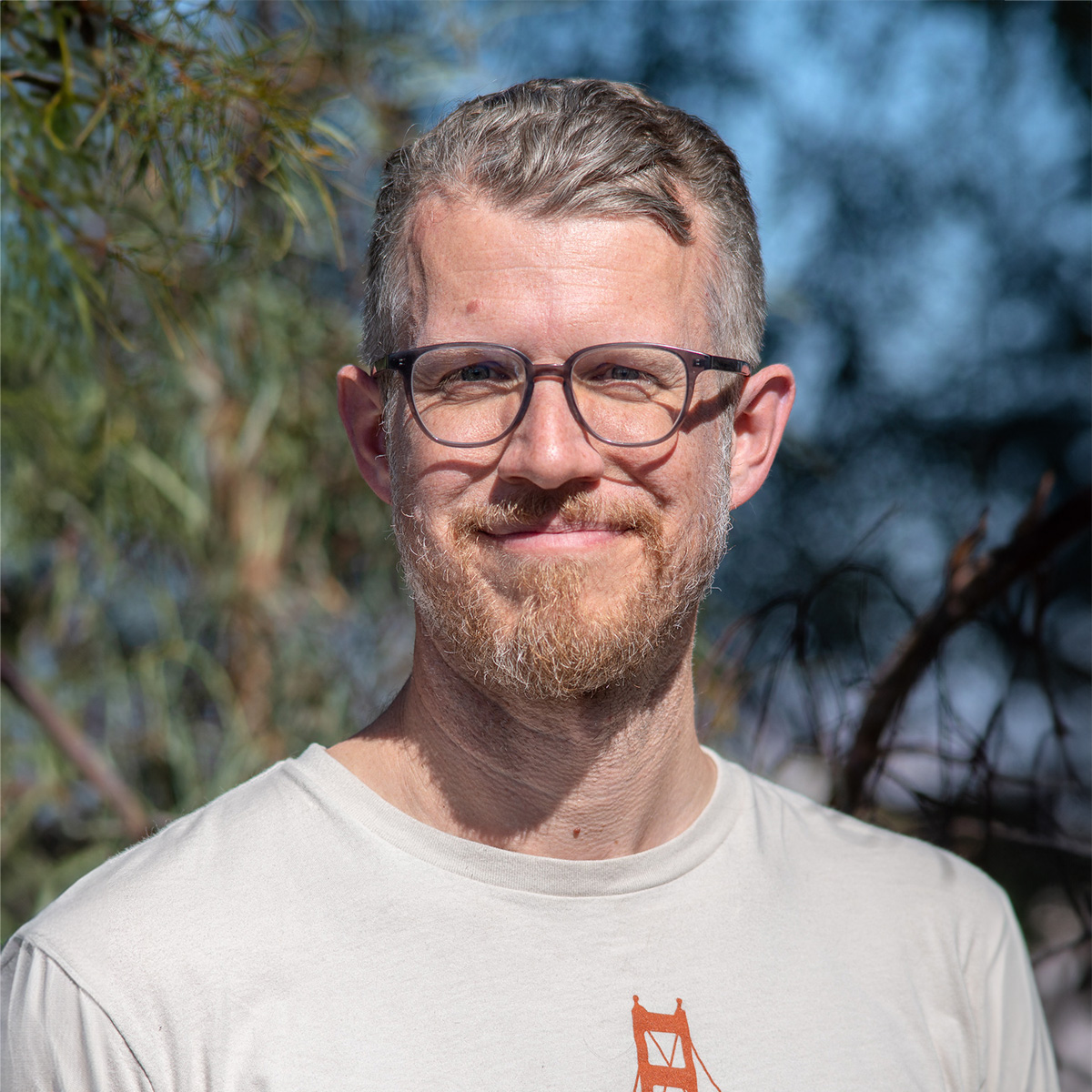Fall has arrived and it is a great time of year to get out and explore the Bay. But with days shortening, Halloween looming just around the corner, and rain finally returning after a long dry spell, something particularly scary happens during this time of year – at least for those of us who worry about water quality in the Bay. The first storms of the season create a phenomenon called the “first flush”. That is the flushing out of all the trash and other pollution that has built up on our city streets over the dry season. Think of all the food & beverage containers, cutlery, and other items you pass on the sidewalk every day – much of that litter has a chance of being swept out to the bay during the first big rain of the year, like what we saw last weekend. Beyond everything you can see, things like tire residue from roads and synthetic fabrics released from our laundry also get flushed through the sewers and contribute to the growing microplastic contamination of the Bay – 7 TRILLION particles each year.
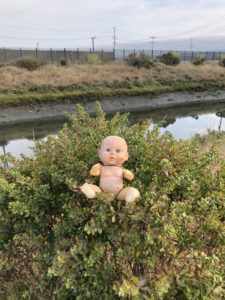
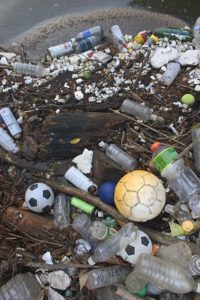
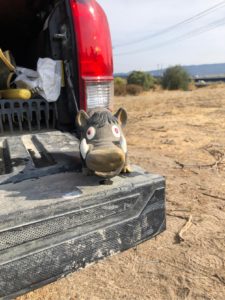
How does this work?
You may have seen the signs on your storm drains in your neighborhood reminding you that anything dumped in the drains will ultimately end up in the Bay. That’s true, but you don’t have to directly dump something into the sewer for it to impact the Bay. Eventually, water and wind will help move litter and other pollution from the streets and sidewalks into the storm drains. The Bay Area’s stormwater is designed to quickly funnel runoff from our streets out into the creeks and the Bay itself. But it is not designed to ensure that runoff isn’t carrying with it all manner of pollutants that can impact water quality and harm wildlife once it reaches the Bay itself. In fact, our regional stormwater system contributes far more types of concerning pollution into the Bay than municipal wastewater or industrial sources[1].
How do we stem the tide of trash and other pollution from harming the Bay?
It starts by removing the sources of pollution from our cities and neighborhoods. There are plenty of steps individuals can take – from refusing single-use plastics and synthetic fabrics, properly disposing of trash, or using public transit to reduce vehicle miles driven. These choices can make an impact, but to really protect the Bay and our communities from pollution we need regulatory and policy changes at the regional and state level. This is where Save The Bay focuses our efforts. One of the best tools we have is the federal Clean Water Act, which in this case is administered locally by the San Francisco Regional Water Board.
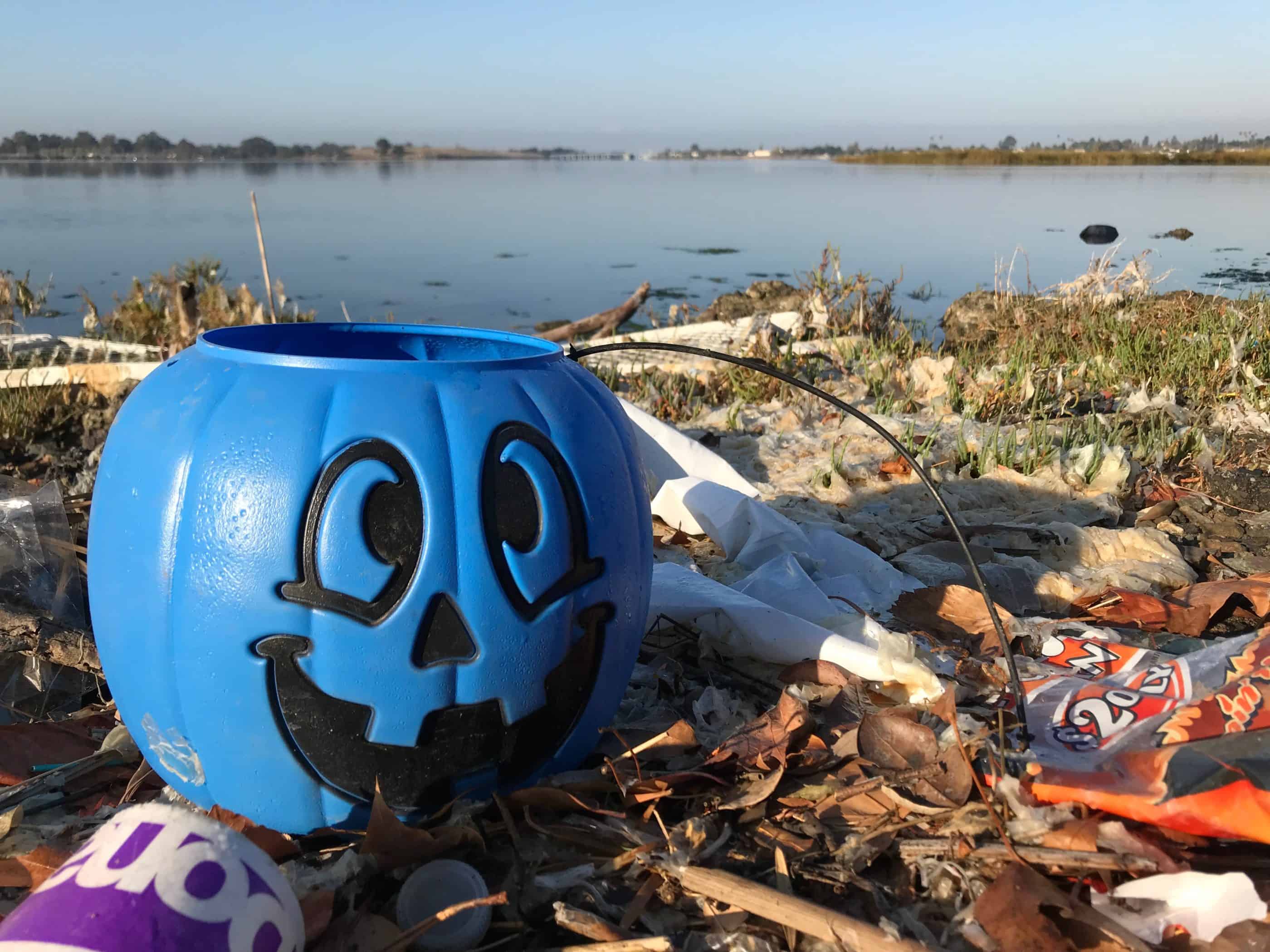
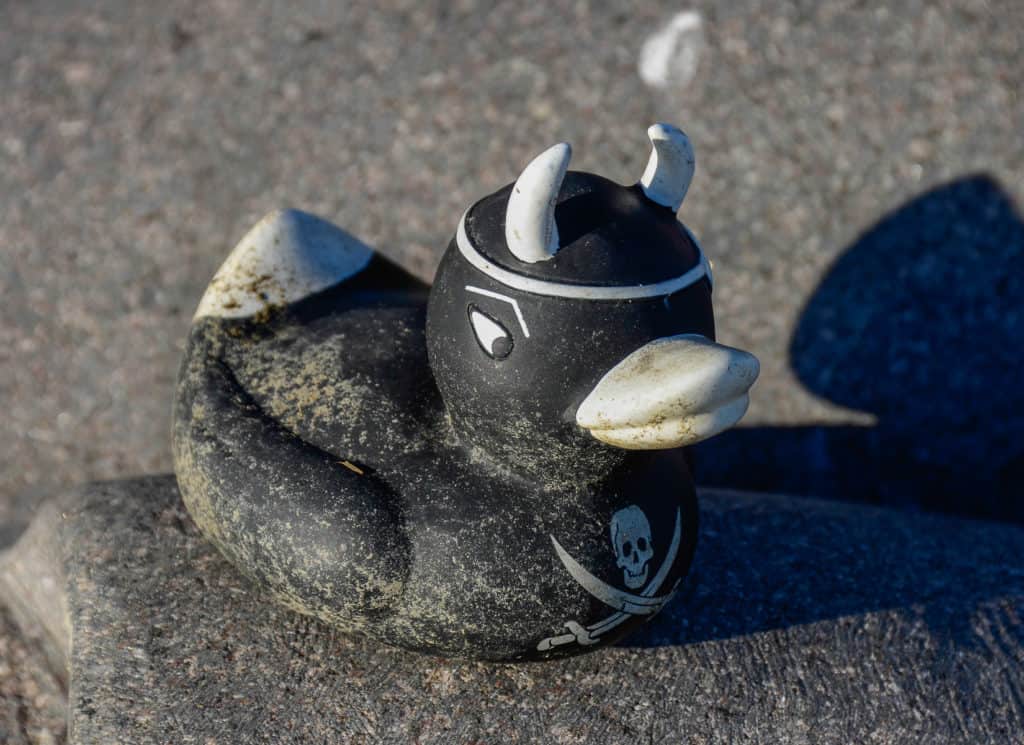
The Water Board is currently preparing to update the Bay Area’s stormwater permit, and Save The Bay is working with our allies to ensure that this new permit includes even stronger requirements to eliminate trash, microplastics, and other contamination from our stormwater system. The changes that we are advocating for won’t just help keep the Bay clean, but will also lead to cities that are cleaner, healthier, and more appealing places to live and work. That will ultimately make the start of future rainy seasons far less scary – at least from a pollution standpoint.
[1] sfei.org








